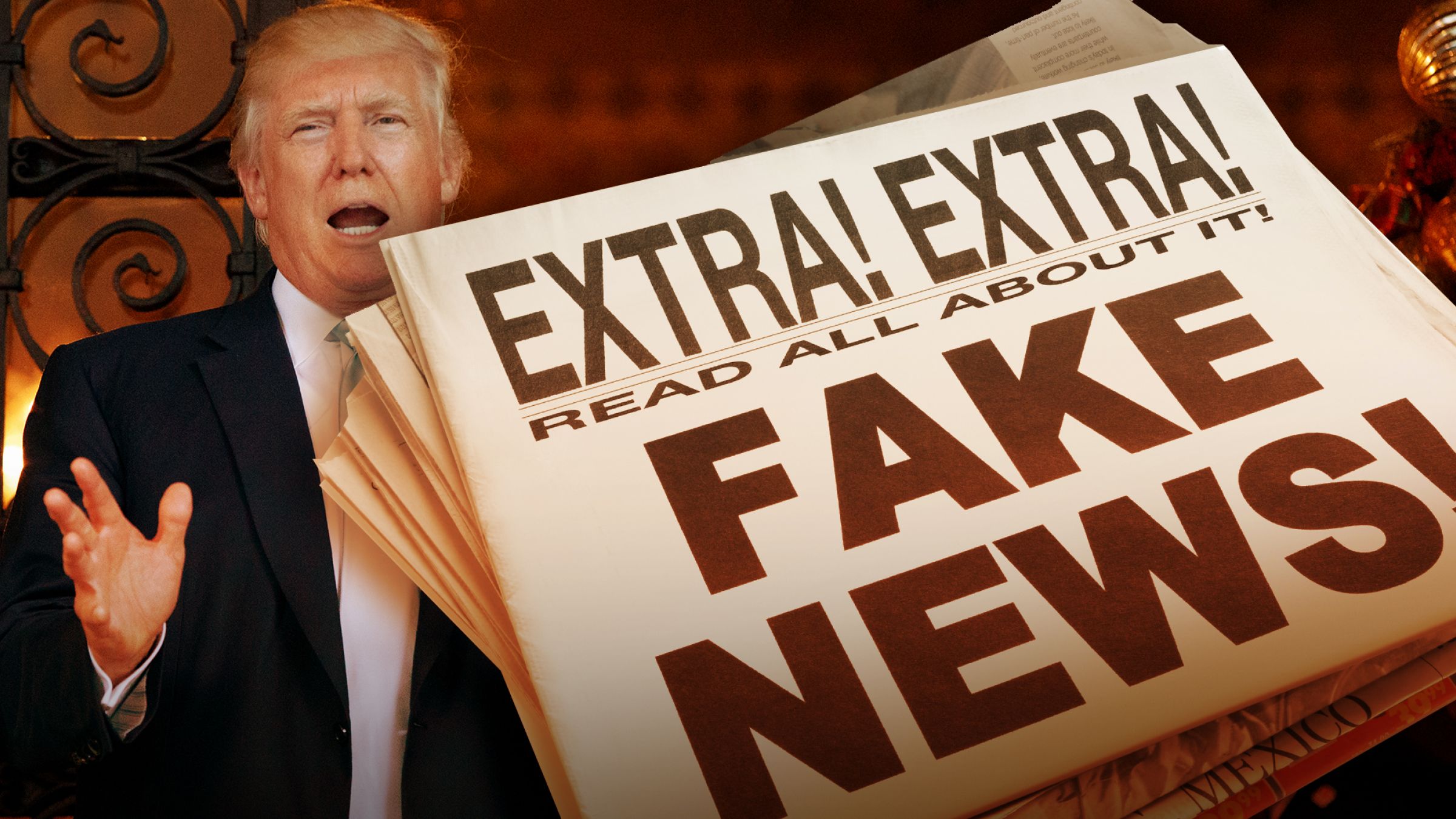Edgar Welch — a father of two from Salisbury, NC — drove 350 miles to Washington, D.C. on Dec. 4 after the Comet Ping Pong pizzeria was falsely accused online of holding children captive for sexual abuse, the New York Times reported. There he fired his assault rifle inside of the restaurant before realizing there were no captive children.
Another fake news report accused Democrats of participating in sex crimes with children — a report shared on Twitter by Michael Flynn, President Donald Trump’s nominee for national security adviser.
Trump’s supporters were falsely reported on Election Day to be chanting, “We hate Muslims, we hate blacks, we want our great country back,” at a rally.
A Buzzfeed News analyses found fake news stories received more engagement and shares during the final three months of the presidential election than reports of 19 major news outlets, including the New York Times, the Washington Post and CNN.
“I think fake news is a somewhat inevitable artifact of the explosion of social media,” Associate Dean of the College of Liberal Arts Brian Simmons said. “I think it’s also related to people’s tendency to seek out information from their own enclosed sphere.”
According to a Pew Research Poll, 64 percent of people think fake news stories leave Americans confused about the basic facts of current issues and events.
What makes fake news appealing is the same as what made the “old National Enquirer cover in the checkout line” appealing, Simmons said.
“You take well-known people, well-known issues, well-known topics, present them in a sensationalistic manner with some inflammatory words or you link them to something that in your mind could conceivably be true — something that is totally far fetched, but conceivably could be true,” Simmons said.
Simmons said there are two effects fake news has made on consumers in the last year.
“One effect is I think fake news does a very good job of setting the agenda for what people should talk about,” Simmons said. “It draws attention to the legitimacy of President Obama’s birth certificate, or what President Trump’s executive immigration order really is going to do.”
The second effect, according to Simmons, is fake news reinforces what people already believe.
“When you see something come down the pipe about the Russians interfering with the U.S. election — if you already believe the Russians are kind of sketchy and are out to get us, then of course this is going to affirm your beliefs,” Simmons said. “If you look to those fake news sources in your insulated little world, then of course it becomes an echo chamber and it reinforces what you already think.”
One website reported Former President Barack Obama signed an order in December 2016 banning the Pledge of Allegiance in schools. North Carolina teacher Bill Ferriter said to NewsOK a “.co” at the end of an imposter news site web address should have been a red flag.
“You have to be careful about what you’re clicking on and what you’re reading,” senior, public relations major Stevie Gibson said. “If a headline sounds ‘too good to be true’ in your mind, then it probably is.”
Simmons said the best way to avoid fake news is by committing yourself to seeking sources of information which are not social media based and are more closely aligned to what we call traditional media.
“You can still go online, but simply go to MSNBC or CNN rather than going to fill-in-the-blank website from this obscure organization whose title happens to sound like what you’re interested in,” Simmons said.












Be First to Comment